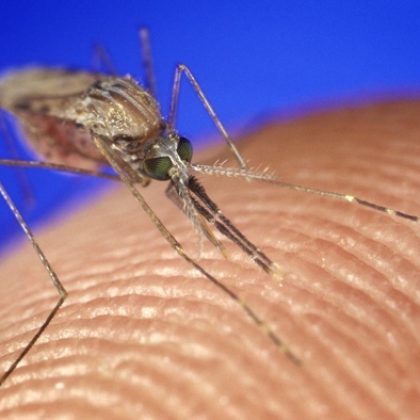Diagnosing parasitic-worm infections using non-invasive urine sampling
The latest Paper of the Month for Parasitology is An update on non-invasive urine diagnostics for human-infecting parasitic helminths: what more could be done and how?
Human-infecting parasitic worms, often referred to as ‘helminths’, inhabit many areas of the body including the intestinal tract, the circulatory system, the lymphatic system and subcutaneous tissues just below the skin. Collectively, it is estimated that over 1 billion people, the vast majority of which within equatorial lower- middle-income countries (LMICs), are infected by at least one species of parasitic worm, causing a global burden of disease that exceeds that of both malaria and tuberculosis. Despite their devastating pathological and economic impact on the world’s most disadvantaged and marginalised communities, relatively little financial funding is given towards controlling and researching these diseases, and so parasitic worms make up eight of the twenty so-called Neglected Tropical Diseases, or ‘NTD’s’.

Understanding where and to what extent these worms are transmitted requires reliable, straightforward and rapid diagnostic tools that are able to be performed en masse., i.e., to large communities of people. Because little funding is available, however, these diagnostic tools must also be as inexpensive as possible. As such, the method most often used to diagnose these infections involves simply taking a bodily sample such as stool, blood or even skin via biopsy to visually identify parasite eggs, or the parasite itself, using a microscope. Not only can this method be very unreliable but taking these bodily samples can also be invasive; causing pain, distress or inconvenience to a patient. In addition, taking and handling these samples often requires specialist health workers rarely available in disease-endemic areas and may even pose an infection risk, for example, with HIV.

In contrast, urine sampling is generally painless, more convenient and low risk. It negates the need for specialist staff, can usually be obtained immediately upon request and is far better accepted by patients. Although urine sampling does not allow for microscopic diagnosis via visual identification of the parasite or parasite eggs (with the exception of Schistosoma haematobium), alternative biomarkers such as antigens (substances produced by the parasite that alert the human immune system), antibodies (produced by the immune system in response to detecting parasite antigens) or even parasite DNA can be expelled within the urine and can be detected using a variety of diagnostic methods.
The aim of this review was therefore to assess whether non-invasive urine sampling is currently exploited to its full potential in the development of diagnostic tools for human-infecting parasitic worms. Here, we outline which species of parasitic worm have already been detected using urine samples and what diagnostic methods were used to do this. We also highlight current challenges in developing urine-based diagnostic tools for human-infecting parasitic worm infections and make key recommendations to further advance urine-helminth diagnostics.
The article An update on non-invasive urine diagnostics for human-infecting parasitic helminths: what more could be done and how? by John Archer, James E. LaCourse, Bonnie L. Webster and J. Russell. Stothard is available Open Access.
Image credits: Illustration courtesy of Shutterstock, Right: John Archer, Left: Dr. James LaCourse





